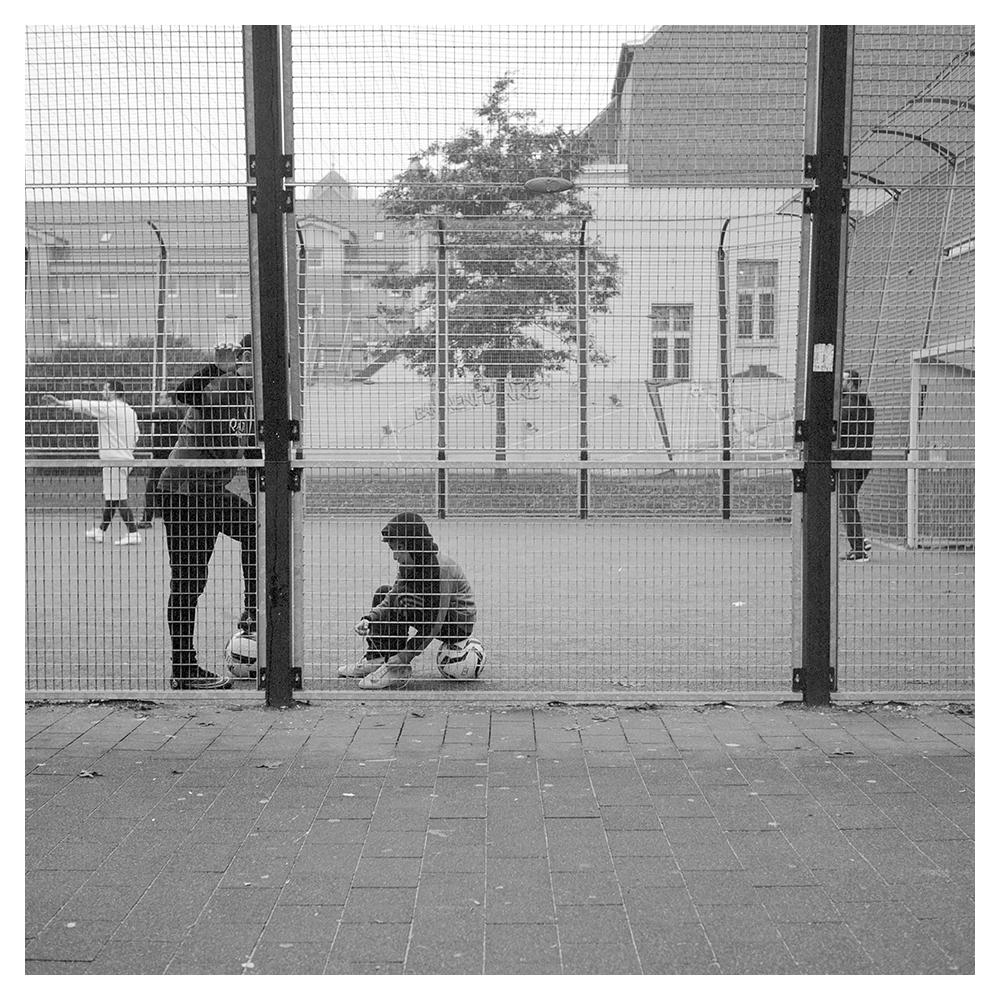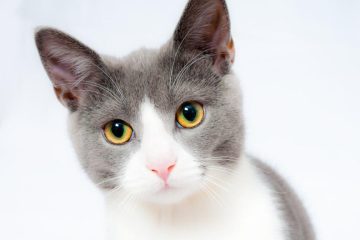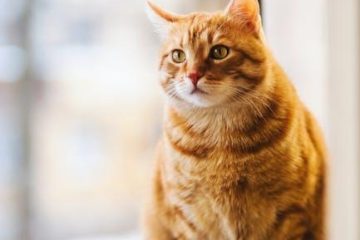Creating a safe and comfortable environment for your feline friend is an essential part of pet ownership. When it comes to ensuring your cat’s well-being during specific times, such as nighttime or when introducing a new member to your furry family, a cat cage might just be the innovative solution you need. This versatile tool can offer protection from outside threats like wild animals, as one cat owner on Quora noted, who uses a crate at night to shield her pet from wild cats roaming outside [[1]]. Additionally, some pet owners deploy “get along crates” to mediate the introduction of a new cat into their home, despite the potential risks involved [[3]]. In this article, we will explore the various uses, benefits, and considerations of incorporating a cat cage into your pet care routine, providing insights and tips for ensuring it is an effective and humane option for your beloved feline.
Table of Contents
- Understanding Features That Maximize Your Cats Comfort
- Materials and Design: Finding the Perfect Balance for Durability
- Setting Up a Safe Haven: Essential Accessories for Your Cat Cage
- Practical Tips for Maintaining and Cleaning Your Cat Cage
- Q&A
- In Conclusion

Understanding Features That Maximize Your Cats Comfort
Creating a cozy and comfortable environment for your feline friend comes down to carefully selecting a cat cage with features that enhance their well-being. Cats are natural explorers who thrive on comfort and security, making it essential to choose a cage that’s more than just a space—it should be a sanctuary. Key features such as ventilation, space, and ease of access play a vital role.
Ventilation is crucial for maintaining a fresh environment within the cage. Ensuring your cat has plenty of air circulation prevents stuffiness and keeps them comfortable all day long. Opt for cages with mesh or grated sides that allow for superior air flow, keeping the atmosphere inside light and breathable. This is especially important if the cage is used for travel, as it helps regulate temperature and promotes calmness during the on-the-go adventures [[2]].
Space is another integral feature. Cats enjoy stretching, playing, and sprawling out, so a roomy cage with designated areas for resting and play can be beneficial. A two-compartment design can be a game-changer, providing areas for exploration and retreat. For instance, some cages even incorporate external litter box options, allowing cats to easily access their bathroom facilities without interrupting their cozy space [[3]].
- Soft bedding for a restful retreat
- Secure locks to ensure safety
- Easy-to-clean materials for convenience
- External compartments for litter and food
An intuitive door mechanism is beneficial, both for you and your cat. Look for features that provide easy access, enabling you to comfort your cat without fuss. The door should be user-friendly yet secure, preventing any accidental escapes while also allowing you to effortlessly interact with your pet [[2]].
When it comes to bedding, the softer, the better. Cats treasure luxurious textures, so choosing materials like fleece or plush can make all the difference. Providing a soft, fluffy cushion not only gives cats a place to curl up but also supports their overall health by relieving pressure points as they relax [[1]].
| Feature | Benefit |
|---|---|
| Ventilation | Improved air quality and comfort |
| Compartmentalization | Separation of play/rest areas |
| Soft Bedding | Enhanced comfort and pressure relief |
| Easy Access | Smooth interactions and safety |

Materials and Design: Finding the Perfect Balance for Durability
Crafting the ideal cat cage requires a nuanced approach that prioritizes both durability and design. When it comes to materials, it’s crucial to select options that can withstand claws, playfulness, and the occasional escape attempt. Durable metals, like stainless steel, are a popular choice due to their resilience against corrosion and wear. Similarly, high-quality plastics offer a lightweight alternative that can endure the antics of even the feistiest feline.
Incorporating these materials into the design doesn’t mean sacrificing aesthetics. Consider blending robust materials with stylish elements to create a welcoming environment for your pet. Use washable, durable fabrics for bedding or liners that not only add comfort but also make cleaning a breeze. Tile inserts or panels can be included for areas that might frequently come into contact with water or food, offering both functionality and style [[2]].
- Metal cage walls for strength and longevity
- Plastic varnish sealers for easy cleaning
- Tile panels for aesthetic and practical water protection
Design-wise, it’s essential to ensure the cage is not only durable but also intuitive for both you and your cat. Secure latches and reinforced joints reduce the risk of accidental escapes, while strategically placed ventilation panels prevent overheating. As you plan the layout, consider incorporating multiple levels or platforms to cater to your cat’s love for climbing and exploring. Offering varied spaces within the cage not only enhances mental stimulation but also supports healthy physical activity.
| Material | Benefit |
|---|---|
| Stainless Steel | Corrosion Resistant |
| High-Quality Plastic | Lightweight & Durable |
| Durable Fabric | Easy Maintenance |
Achieving the right balance between design and durability in a cat cage involves thoughtful consideration of materials and layout, ensuring your feline friend is both safe and comfortable. By making smart choices in the structure and aesthetic, you create a harmonious home within a home, where your cat can thrive. Remember, a well-designed space is not just a cage—it’s a sanctuary.

Setting Up a Safe Haven: Essential Accessories for Your Cat Cage
Creating a cozy sanctuary for your feline friend requires more than just a cage; it demands a thoughtful selection of accessories that cater to their comfort, safety, and well-being. Imagine crafting a mini-world where your cat can indulge in play, rest, and relaxation. Ensuring this involves selecting the appropriate accessories that transform any ordinary cat cage into a luxurious retreat.
First, consider adding multi-functional cat condos and shelves within the cage. These additions provide a vertical dimension for cats to climb and perch, offering opportunities for exercise and observation. Installing shelves or dens mimics their natural environment, allowing cats to jump and survey their territory safely. A well-structured space not only helps in maintaining physical fitness but also significantly reduces stress by fulfilling your cat’s instinctual needs.
Next, incorporate soft hammocks or padded mats as resting spots. Hammocks are an excellent way to elevate your cat’s comfort level, offering a gentle sway that mimics their natural loafing in trees. When mounted at different heights within the cage, these accessories give your cat various restful views and vantage points. Choose materials that are washable and durable to keep the environment hygienic and comfortable. Hammocks and mats serve as cozy spots where felines can snooze and unwind after a playful session.
- Hammock Material: Soft plush, washable fabric
- Shelves: Customizable and sturdy
- Cat Dens: Enclosed spaces for privacy
Don’t overlook the importance of stimulation through interactive elements like toys and climbing routes. These additions are vital for maintaining a dynamic environment, preventing boredom and promoting mental stimulation. Opt for toys that can be securely attached within the cage or engage your cat with safe, hanging toys that provoke curiosity and chase instincts. A well-adjusted selection can turn moments in the cage into exciting adventures, ensuring your cat remains happy and healthy.

Practical Tips for Maintaining and Cleaning Your Cat Cage
Keeping your cat’s cage clean and well-maintained is essential for their health and comfort. Start by incorporating routine cleaning into your schedule. Regular cleaning should include removing waste and replacing any soiled bedding. Use a mild detergent and warm water to wash all surfaces thoroughly. It’s crucial to avoid harsh chemicals that could be harmful to your cat’s health. Remember to dry the cage completely to avoid mold and mildew, which thrive in moist environments.
To keep the cage smelling fresh, consider using odor-neutralizing sprays designed specifically for pets. Baking soda can also be sprinkled lightly on the bottom of the cage to absorb odors naturally. Make sure food and water dishes are cleaned daily, as leftover food can spoil quickly and attract pests.
Necessary Cleaning Supplies:
- Mild detergent
- Baking soda
- Odor-neutralizing spray
- Soft cloth or sponge
Consistent maintenance is key to prolonging the life of the cage. Check for any loose parts or rust, which can be a safety hazard. Tighten screws and oil any squeaky parts. If the cage floor is solid, adding a waterproof mat can protect against scratches and spills, making cleanup easier. Additionally, inspect any toys or accessories regularly, washing them to prevent the build-up of germs and ensuring they are in good condition.
When planning your cage setup, strike a balance between comfort and practicality. Include easily washable bedding and perhaps a small blanket for warmth during colder months. This makes disruptions minimal and maintenance straightforward. By keeping the environment predictable, you offer your cat a sense of security alongside their cleanliness [[1]].
Q&A
Q&A: Understanding and Managing Your Cat’s Cage Experiences
Question 1: Why might my cat be interested in other animal cages?
Your cat’s curiosity about other animal cages can often be attributed to their natural predatory instincts and inquisitive nature. If your cat frequently investigates a chameleon’s cage or a rabbit’s enclosure, it could be drawn by motion or the scent of the other pets. It’s important to ensure that these interactions are monitored to prevent stress for either animal. Techniques such as redirecting your cat’s attention or providing alternative entertainment can be helpful in managing this curiosity. For instance, if your cat is too interested in a bunny’s cage, gently spritzing her with water when she approaches too closely can deter this behavior[3].
Question 2: What can I do if my cat seems stressed by influences outside their cage?
External stressors, such as another pet frequently checking out your cat’s cage, can lead to anxiety. To alleviate this, try creating a calming environment by covering part of the cage to provide a sense of safety and limit visibility of those stressors[2]. Additionally, ensuring your cat’s surroundings are peaceful and free from frequent disruptions can help ease stress.
Question 3: How can I enhance my cat’s cage experience?
To make your cat’s cage environment more enriching, consider incorporating elements that cater to their natural behaviors. Adding interactive toys, soft bedding, or having a few perches for them to explore can greatly enhance their time in the cage. Another key aspect is regular playtime outside the cage, which not only breaks the monotony but also strengthens your bond with your feline friend. Consistent routines and positive reinforcements will make your cat feel more comfortable and content in its cage habitat.
Question 4: Are there benefits to using a cage with my cat?
Using a cage can be beneficial in certain situations, such as during travel or when introducing new pets into the household. It provides a controlled environment that allows you to manage interactions and ensure safety. However, it’s crucial that cage use is not overly restrictive and that your cat spends ample time freely roaming outside of it to maintain its mental and physical health.
understanding your cat’s interactions with its cage and other animals can help create a harmonious home environment. By identifying potential stressors and enriching your cat’s cage experience, you provide a secure and stimulating space for your beloved pet.
In Conclusion
As we draw the curtains on our exploration of “My Cat Cage,” it’s clear that this humble structure plays a pivotal role in our feline companions’ lives. Whether crafted for exploration, safety, or relaxation, a well-designed cat cage can transform into a sanctuary for our furry friends. Remember, creativity knows no bounds—it’s about tailoring this space to meet your cat’s unique personality and needs. From playful hideaways to serene retreats, the possibilities are endless. Thank you for joining us on this journey, and may your cat cage become a beloved haven that enhances the joy and bond you share with your delightful feline.







0 Comments